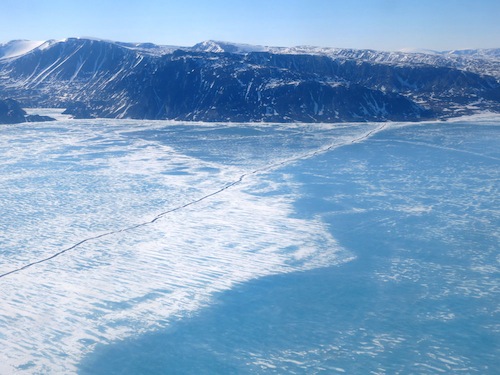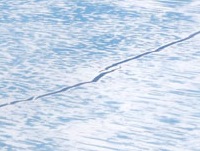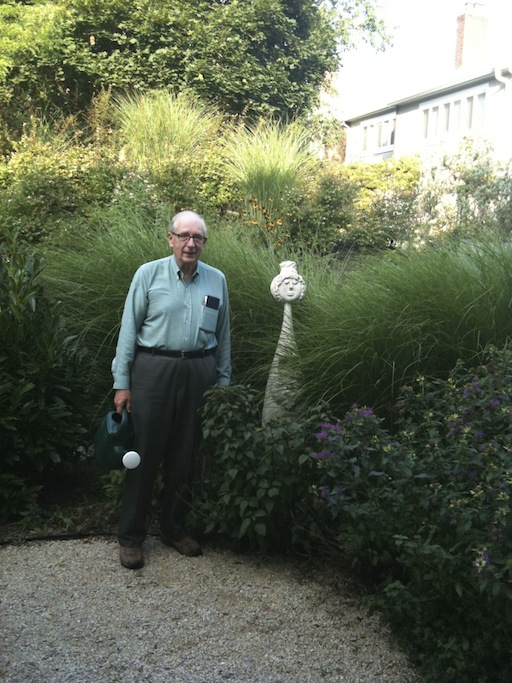
Snow Bunting
(Photo courtesy of Wikimedia Commons)
As we were walking to the nearby airstrip after breakfast, Mark asked me whether I’d do another week at the camp if I could. My response was that now that I have clean hair, I’d love to do it, though it’s hard to imagine how another week could produce a day that would match yesterday morning. Certainly, I could happily sit watching Narwhals pass by for many, many more days.
While we were waiting in the airport, Jo and Elaine pointed out a small hand-written sign on the wall saying, “Are these yours?” Beneath it hung a mitten and the cover for the eyepieces of a Swarovski binocular. They knew I’d noticed my binocular cover was missing while we were on the journey to camp a week ago. I rushed to claim the cover (who knows whether it’s mine, but it fits), and the man told me it had come up from Clyde River. He tried to persuade me to take the mitten, too, but that clearly didn’t fit. How kind of them to have gone to so much trouble to save me the hassle of having to negotiate Swarovski’s over-designed website to order a replacement.







